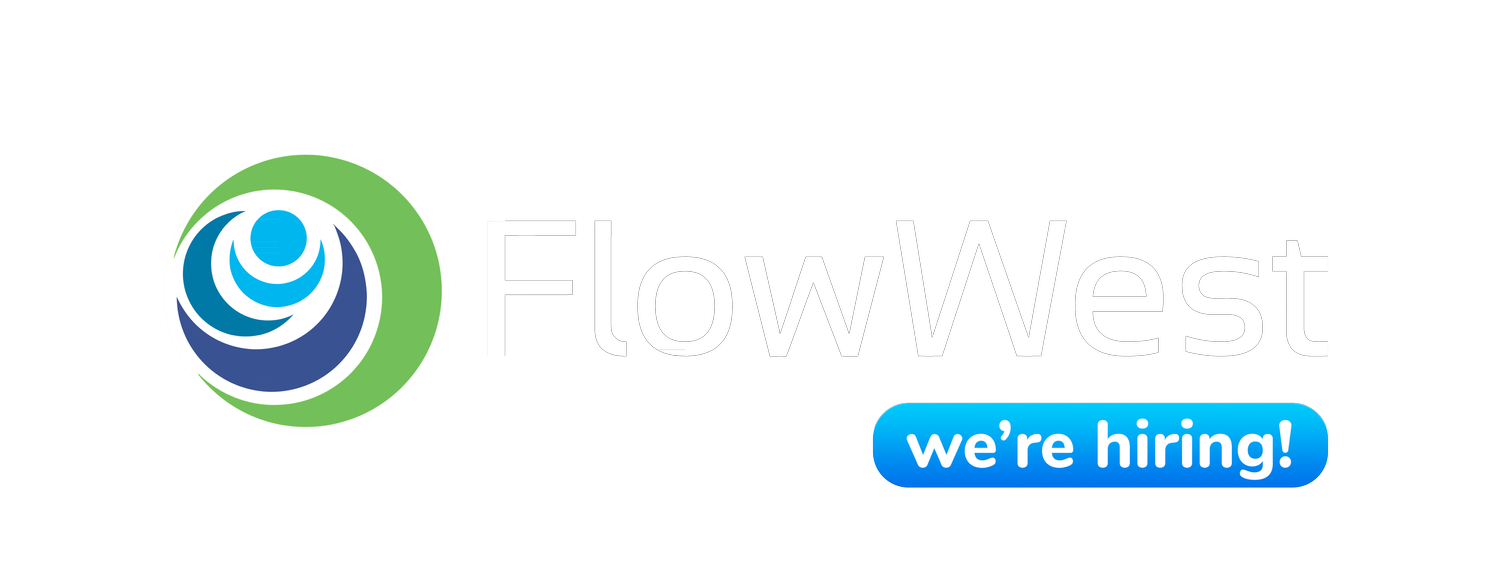Butte Creek, nestled in California's Central Valley, is one of only three streams that host the imperiled Central Valley Spring Run Chinook Salmon. These federally and state-threatened salmon depend on Butte Creek’s cool, deep high-elevation pools for survival. Yet, their habitat faces increasing threats, including limited floodplain access, wildfire damage from events like the Camp and Dixie Fires, and infrastructure vulnerabilities such as the aging Butte Canal.
A History of Habitat Alteration
The history of gold dredging and gravel mining has left a lasting mark on Butte Creek's floodplain. These activities have resulted in the isolation of floodplains from the active channel, loss of native vegetation, large swaths of standing water, and a simplified channel form—all of which diminish the habitat’s ecological value. Before these modifications, Butte Creek’s floodplain was a vital environment for the Spring Run Chinook Salmon, offering abundant space and resources for spawning and rearing.
Innovative Solutions for Habitat Restoration
FlowWest, a leader in ecological engineering, is spearheading efforts to restore the Butte Creek ecosystem and enhance its capacity to support salmon populations. By late 2025, FlowWest aims to deliver finalized designs that will transform this vital habitat.
Key components of the restoration plan include:
Floodplain Connectivity: Using integrated modeling and engineering processes, FlowWest will determine optimal excavation depths, widths, and grading plans to reconnect the floodplain with active channels. This will improve hydraulic connectivity and increase the acreage of usable salmon habitat.
Comprehensive Design Documentation: Grading plans and construction specifications will support environmental compliance, cost estimation, and implementation strategies.
Strategic Revegetation: Post-construction, the project will involve planting woody species like cottonwood and willows and applying native seed mixes to stabilize soil, prevent erosion, and enhance ecosystem health. These plantings will also create protective cover and temperature-regulating benefits for juvenile salmon.
On-Site Engineering Oversight: Field engineers will ensure that construction aligns with the ecological and design goals, translating plans into tangible benefits for the salmon population.
Progress and Next Steps
The project is currently at the conceptual design stage, with FlowWest planning to complete detailed engineering and restoration designs by the end of 2025. Fieldwork has already begun, including bathymetry surveys led by experts like Skyler Lewis, whose data will inform future design iterations.
The Butte Creek Project is a testament to the power of innovative engineering and collaboration to restore vital habitats and protect species on the brink. By reconnecting the creek’s floodplain and fostering a thriving ecosystem, FlowWest is not only preserving the iconic Spring Run Chinook Salmon but also strengthening the resilience of Butte Creek for generations to come.
Stay tuned for updates as this transformative project progresses toward completion!



